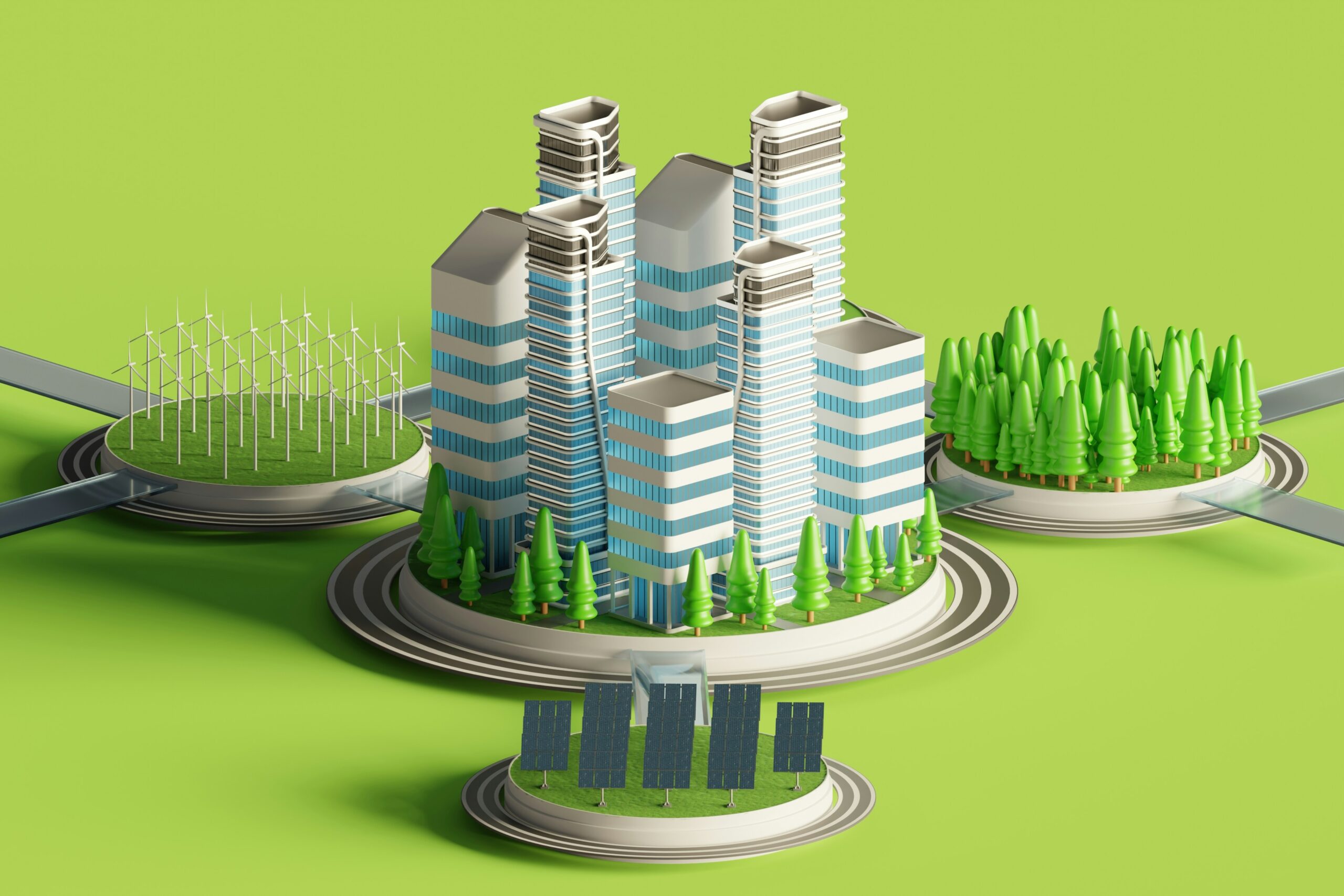
Sustainability and eco-friendliness have become paramount in the construction industry as the world seeks to reduce its environmental footprint. In response to growing concerns about climate change, resource depletion, and pollution, the construction sector is making significant strides toward adopting greener practices. From innovative design solutions to environmentally friendly materials, the industry is redefining how buildings are constructed, ensuring they meet the needs of both current and future generations.
Innovative Design Approaches for Sustainability
At the heart of sustainable construction is integrating innovative design approaches that maximize energy efficiency, minimize waste, and promote long-term environmental benefits. Designers and architects increasingly use energy-efficient strategies such as passive solar design, which harnesses the sun’s natural energy to heat and cool buildings. These buildings can achieve optimal thermal comfort by strategically placing windows and using insulating materials without relying heavily on artificial heating and cooling systems. This reduces energy consumption and lowers greenhouse gas emissions over time.
Additionally, many architects are adopting biophilic design principles, which focus on connecting building occupants with nature. This involves using natural light, plants, and green spaces within buildings. Not only do these elements improve the health and well-being of occupants, but they also contribute to the building’s overall sustainability. By incorporating green roofs, living walls, and rain gardens, buildings can help combat urban heat islands, improve air quality, and support local biodiversity.
Sustainable Materials and Building Practices
The materials used in construction have a significant impact on a building’s environmental footprint. In recent years, there has been a shift towards using sustainable, renewable, and locally sourced materials. For instance, recycled materials such as reclaimed wood, recycled steel, and repurposed concrete are becoming more common in new builds. These materials help reduce the demand for virgin resources, cut down on construction waste, and decrease the environmental impact of manufacturing.
In addition to recycled materials, sustainable construction focuses on using materials that have a low environmental impact throughout their entire lifecycle. For example, bamboo, which grows rapidly and requires minimal resources, is an excellent alternative to traditional hardwoods. Similarly, cork and hempcrete are gaining popularity due to their sustainability and insulating properties. These materials are not only eco-friendly but also help improve the energy efficiency of buildings.
Another key aspect of sustainable building practices is reducing the carbon footprint during construction. This can be achieved by utilizing modern technologies and construction methods such as prefabrication and modular construction. These methods involve assembling components in a controlled factory environment, which reduces material waste, minimizes on-site disruption, and speeds up construction timelines. Furthermore, prefabrication can improve quality control, as parts are manufactured in ideal conditions before being transported to the building site.
Energy-Efficient Technologies in Building Systems
Energy efficiency is one of the most critical factors in sustainable construction, and new technologies are constantly being developed to reduce the energy consumption of buildings. One of the most notable advancements is the use of intelligent building systems. In real-time, these systems monitor and control various aspects of a building, such as lighting, heating, ventilation, and air conditioning (HVAC). By using sensors and data analytics, intelligent systems can optimize energy use, reduce waste, and enhance overall comfort for occupants.
Incorporating renewable energy sources into building designs is another significant step toward sustainability. Solar panels, wind turbines, and geothermal systems are being integrated into new and retrofit projects to generate clean, renewable energy on-site. Solar panels, in particular, have seen a significant cost reduction and are now more accessible for residential and commercial properties alike. Combined with energy storage systems, these technologies allow buildings to become energy-independent, further decreasing their reliance on fossil fuels.
Additionally, many buildings are designed with net-zero energy in mind, meaning they produce as much energy as they consume over a year. Achieving net-zero energy involves combining high-efficiency building design, energy-saving technologies, and on-site renewable energy production. This ambitious goal is increasingly being realized, thanks to the growing availability of affordable renewable energy technologies and advancements in energy storage systems.
Water Conservation and Management in Sustainable Construction
Another critical aspect of eco-friendly construction is water conservation. As climate change leads to extreme weather patterns and water shortages, the construction industry is adopting practices to reduce water usage and manage resources more efficiently. One such practice is using low-flow plumbing fixtures, such as faucets, showerheads, and toilets, which reduce water consumption without sacrificing performance.
Rainwater harvesting systems are also gaining popularity in sustainable buildings. These systems capture rainwater from rooftops and store it for later use in irrigation, cooling systems, and even for potable water in some cases. In addition to rainwater harvesting, greywater recycling is being integrated into buildings to reuse water from sinks, showers, and laundry for non-potable purposes like landscaping and toilet flushing.
Green infrastructure, such as permeable pavements, green roofs, and bioswales, is also becoming common in sustainable construction. These elements allow water to be absorbed and filtered naturally, reducing stormwater runoff and improving water quality. By managing water resources on-site, buildings can reduce the strain on local water systems and contribute to better overall environmental health.
The Future of Sustainable Construction
The future of construction lies in the continued evolution of sustainable practices, materials, and technologies. As awareness of environmental issues grows, so does the demand for buildings prioritizing sustainability. Governments and organizations worldwide increasingly implement green building standards and certifications, such as LEED (Leadership in Energy and Environmental Design), to encourage sustainable construction practices. These certifications provide a framework for builders to follow and offer recognition for their efforts in reducing the environmental impact of their projects.
Looking ahead, it is clear that the construction industry will continue to innovate and push the boundaries of what is possible in sustainable and eco-friendly design. With advancements in materials science, energy efficiency, and building technologies, the buildings of tomorrow will be more environmentally conscious, resilient, and energy-efficient than ever before. As we continue to develop the future, we must do so in a way that respects and preserves the planet for generations to come.